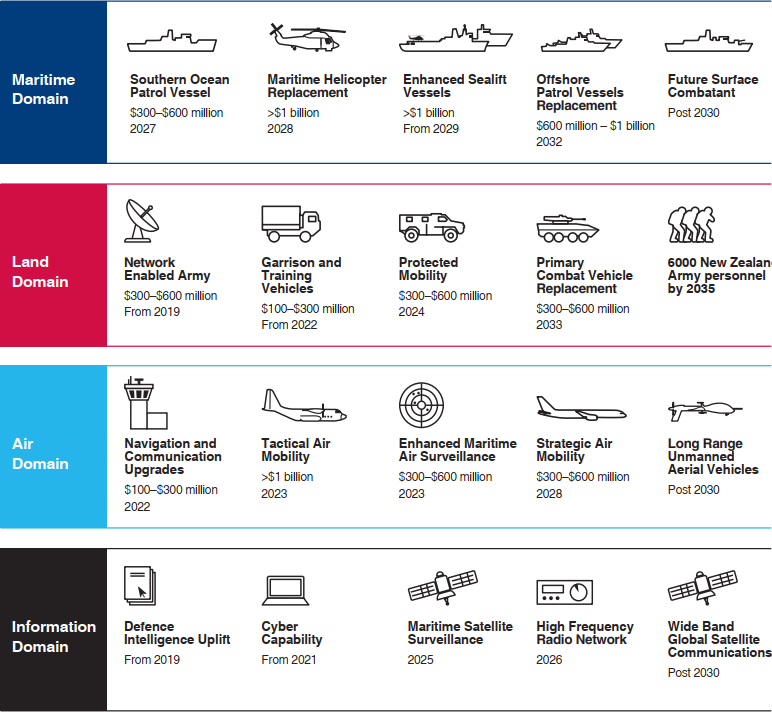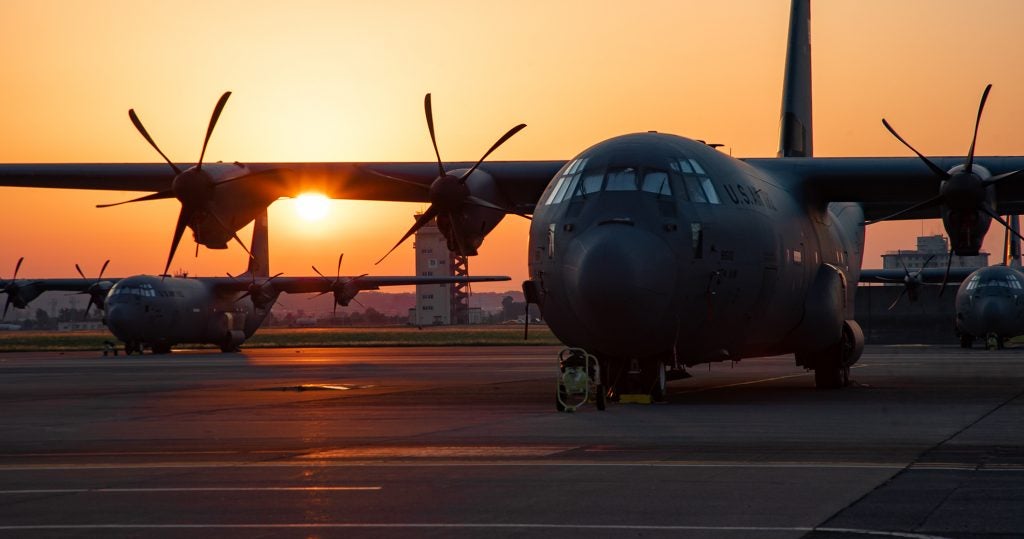New Zealand Picks C-130J-30 as Part of New Defense Plan
New Zealand Minister of Defence Ron Mark announced June 11 that the C-130J-30 Super Hercules is the preferred option to replace the New Zealand Air Force’s aging fleet of 5 C-130H Hercules transport aircraft.
“The current Hercules have served us well since the 1960s, but they have reached the end of the road, and suitable and proven replacement aircraft will need to be sourced,” says Ron Mark in the announcement.” The current fleet is increasing in cost to maintain, and is taking longer to put through maintenance.”
The selection comes as part of the Future Tactical Air Mobility program, itself revealed as a high-priority program of the just released Defense Capability Plan.
The overarching Defense Capability Plan sets out for a NZ$20 billion (US$13.24 billion) investment through to 2030, and also includes several other high-profile procurement programs.
These programs include the Royal New Zealand Navy’s (RNZN) Maritime Helicopter Replacement, which seeks to replace the fleet of aging Seasprite helicopters with Super Seasprite SH-2Gs for over NZ$1 billion (US$660 million), the replacement of the New Zealand Army’s Primary Combat Vehicle, currently the NZLAV variant of the LAV III, for between NZ$300 million and NZ$600 million (US$197.55 to US$395.10 million), and the replacement of the RNZN Protector-class offshore patrol vessels for between NZ$600 million and NZ$1 billion (US$395.10 to US$660 million).

Other programs include enhancement of the RNZN sealift vessels, enabling the networking of the New Zealand Army, as well as new garrison and training vehicles and protected mobility vehicles, Royal New Zealand Air Force (RNZAF) navigation and communications upgrades, maritime surveillance and strategic air mobility.
In addition, the program prescribes a series of information and cyber measures, as well as the lead-up for several large programs for after 2030, including long-range UAVs and a future surface combatant.
Decision Not Final
The released statement also stressed that no final decision has yet been made, and no contract awarded so far. The New Zealand government is to first seek cost information through the US Foreign Military Sales channel. No procurement size, cost and funding have been drawn yet either.

